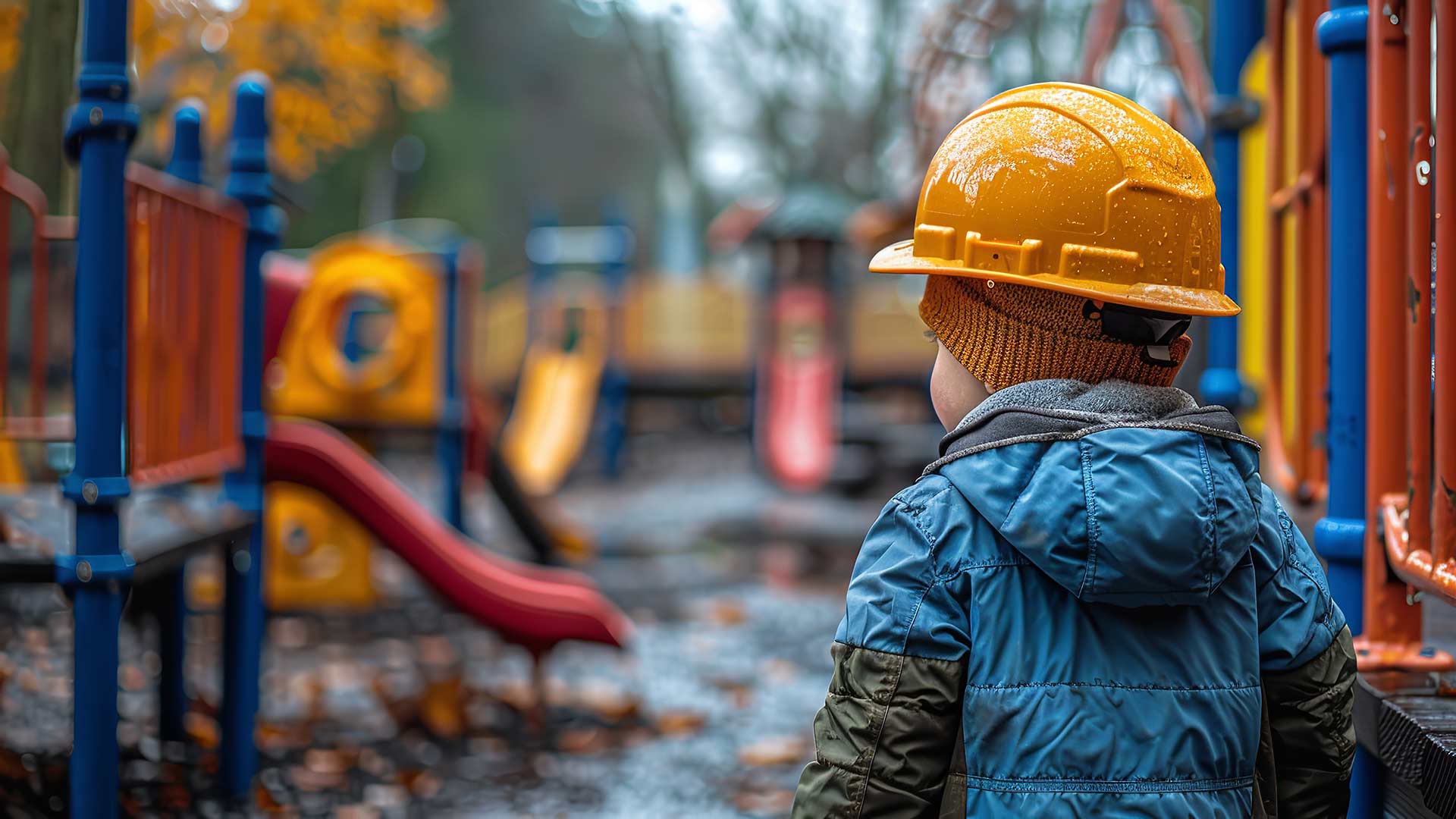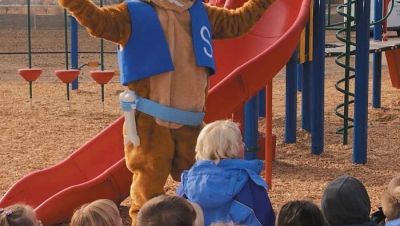Playground safety begins when you start the process of obtaining playground equipment.
Safety must be included in your playground from design through construction and throughout its life. This means that design, manufacturing, construction, daily use of the play area, and ongoing maintenance all have safety aspects that must be addressed. As the playground owner you are responsible for incorporating safety throughout the process as you choose what equipment you use, what borders, which type of surfacing, and where you locate the play area.
First, be sure the people who are working with you on your project are Certified Playground Safety Inspectors by the National Recreation and Park Association. This gives you reasonable insurance that they understand the playground safety guidelines and standards that are in place. Check that the manufacturers you are working with have third-party certification of compliance with the latest safety standards. IPEMA certification is one type of third-party certification. Be sure to ask for and retain all documentation these people provide your organization.
When designing your play area, take into account safety factors related to the topography and location of the play area. Look for safety hazards such as deep or swift-moving water, electrical boxes or wires, roads, and other things that could lead to accidents or tragedies. When picking the equipment you will use, be sure that it meets the needs of the children in your neighborhood. Address issues such as age appropriateness, fall heights, use zones, and types of material used (wood, steel, aluminum, plastic, etc.) during the planning of your play area project.
Playgrounds invite children, which seems especially true while the playground is under construction. It is very important to use installers who respect a child’s curiosity and are willing to put forth the effort to fully contain the work area and keep it safe from hazards to your community. A safety ribbon is not an adequate safety device to keep children out of a construction area. Use a solid fencing system, with signage that warns of construction taking place. Have safety meetings with the installers to ensure that they understand worksite safety issues. Inform the neighbors and staff of the construction schedule and ask for their cooperation in helping to keep the construction zone off-limits to children.
The playground industry, including designers, manufacturers, sales firms, installers, and playground owners, all must incorporate a child’s safety into their playground projects. Parents and children also have a responsibility to understand and practice playground safety. Programs like Peaceful Playgrounds and the National Program for Playground Safety can give suggestions for playground safety behavior.
Finally, it is the responsibility of the playground owner to provide complete and thorough maintenance to the playground. Most manufacturers have training aids to assist in a complete and documented playground maintenance program.
Playground and safety are two words that have been used together extensively in the past 30 years for the good of children worldwide. Incorporate these two words into your organization’s priority list, put them into your risk management program, and practice good playground safety. It may save a child a trip to the emergency room.













